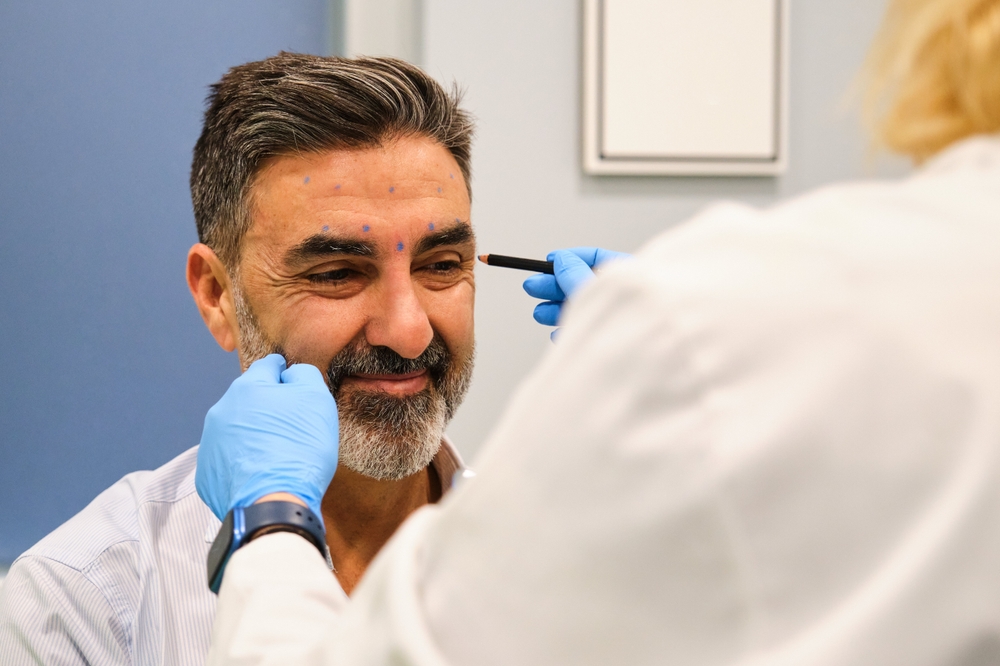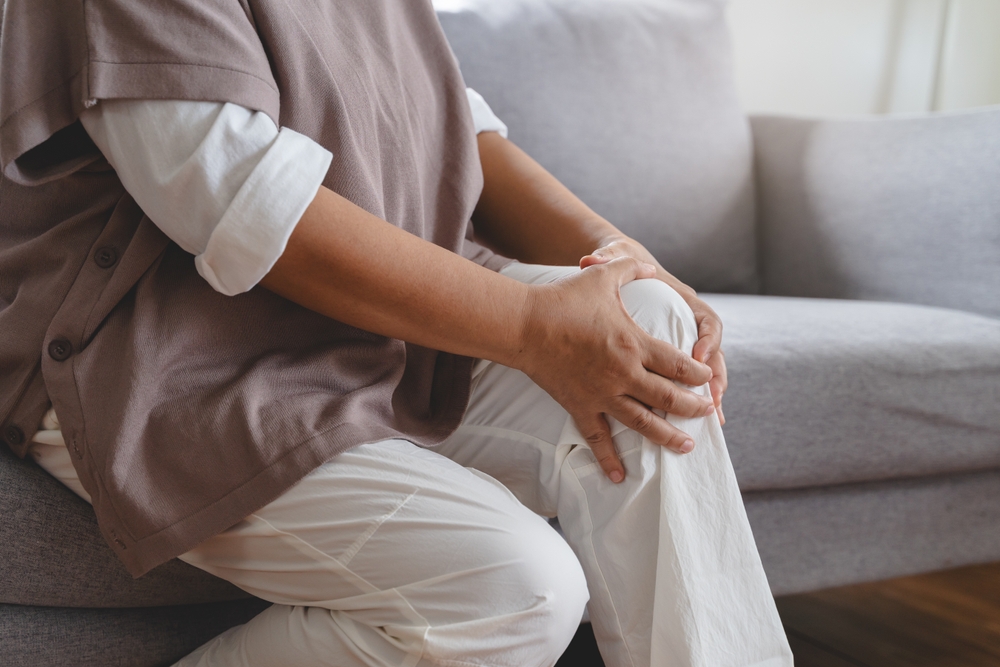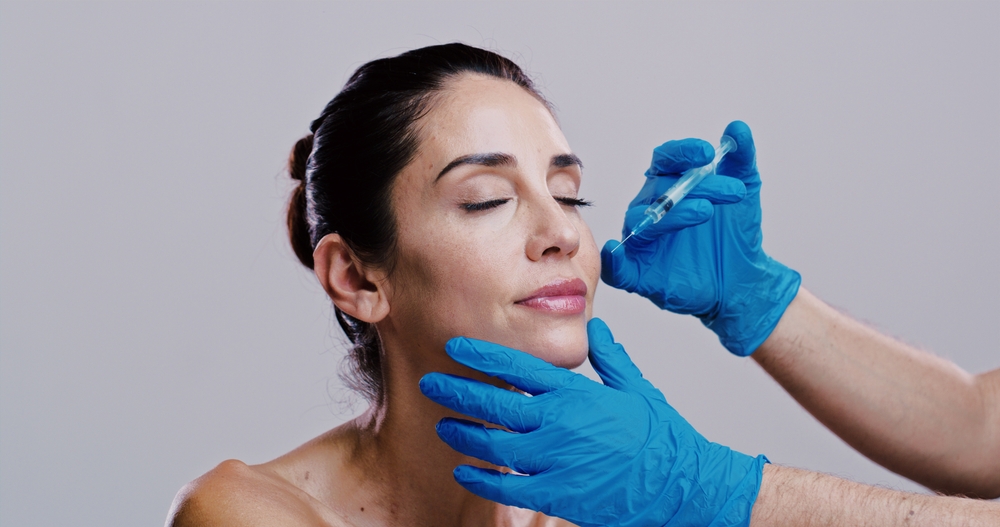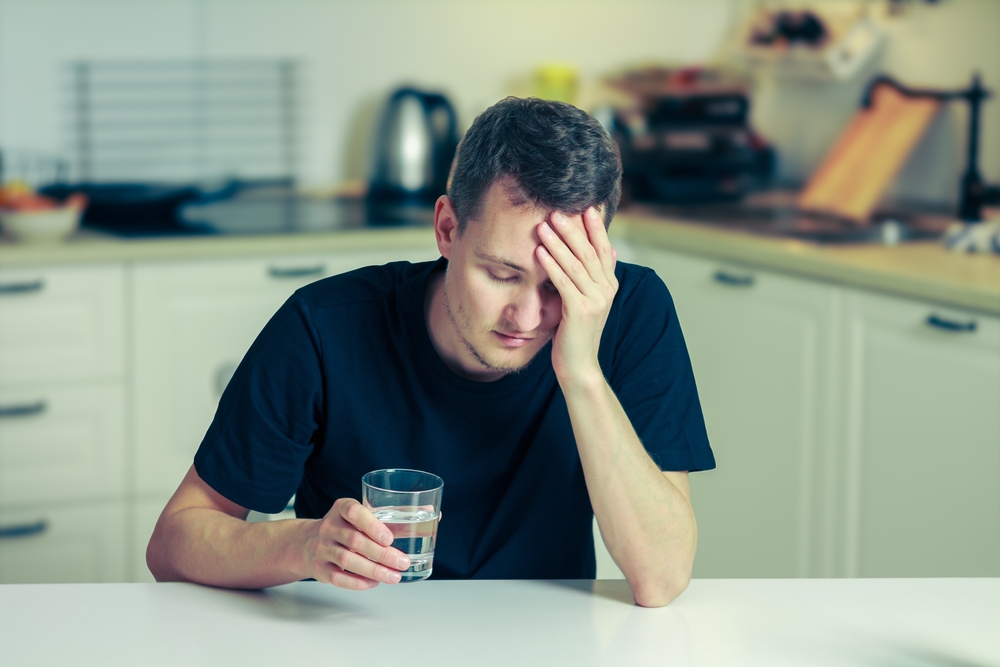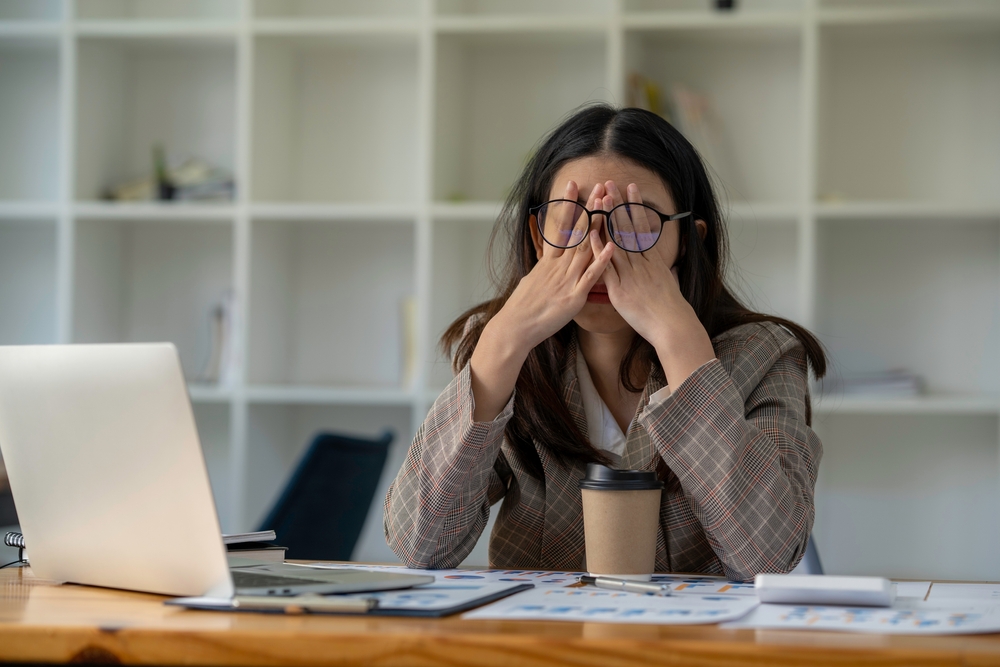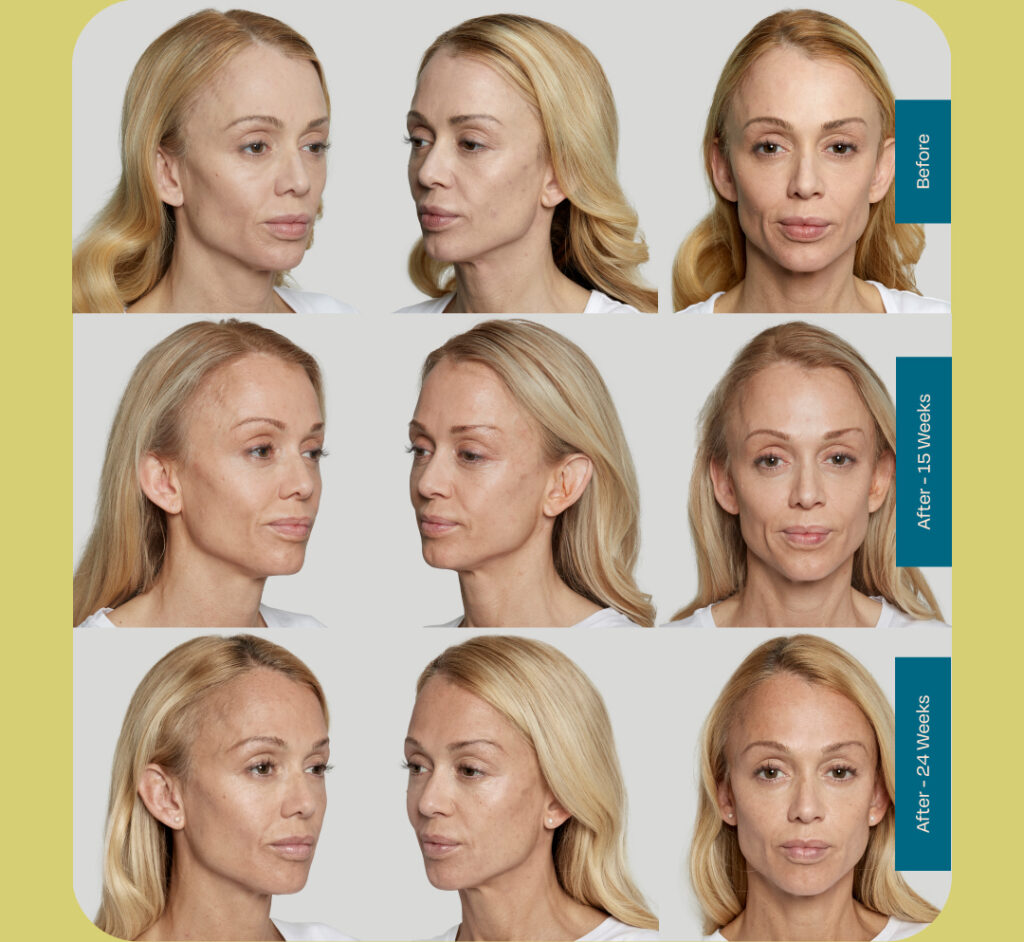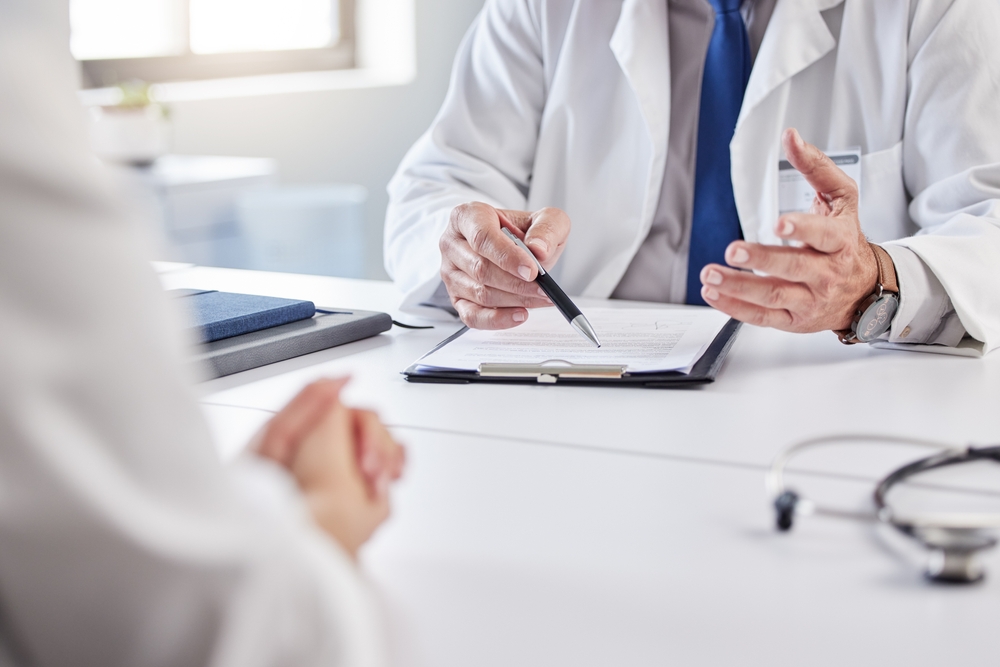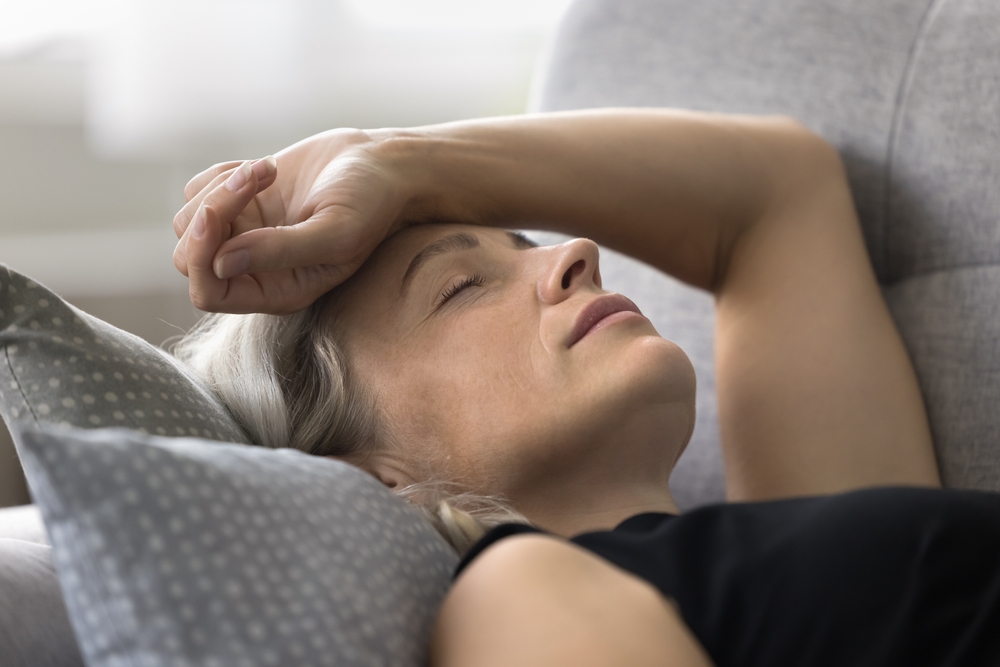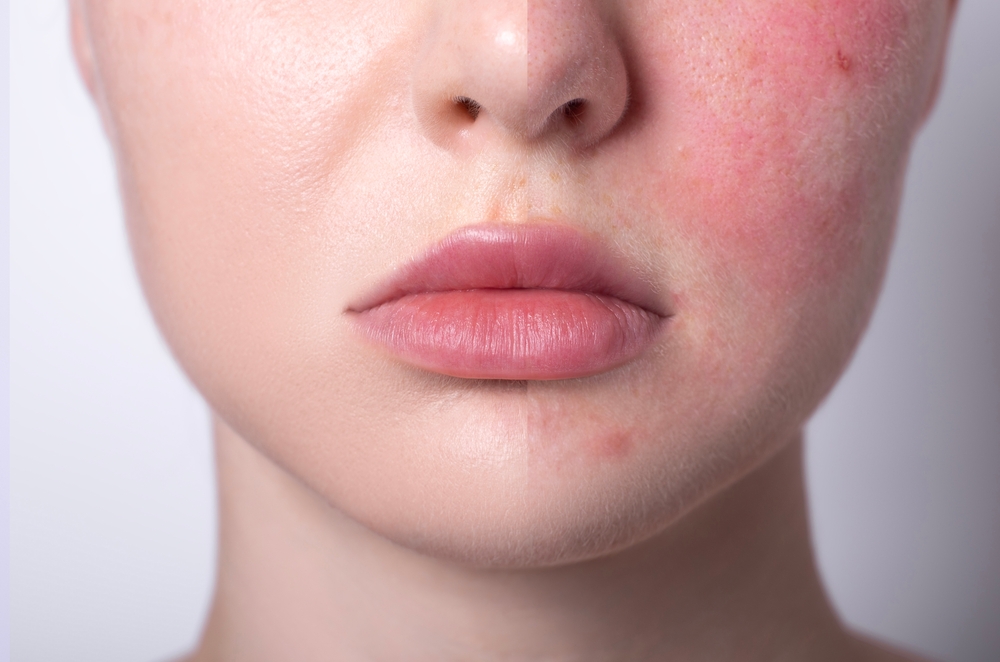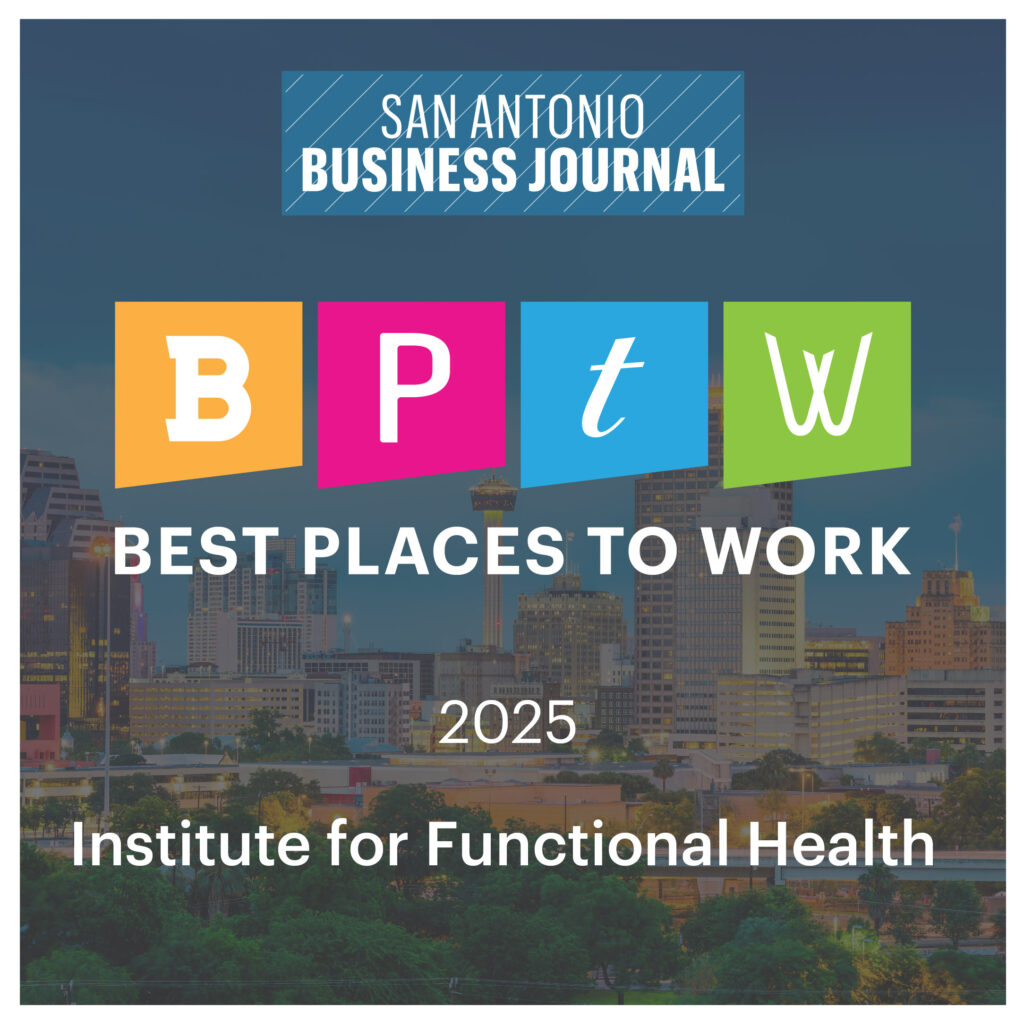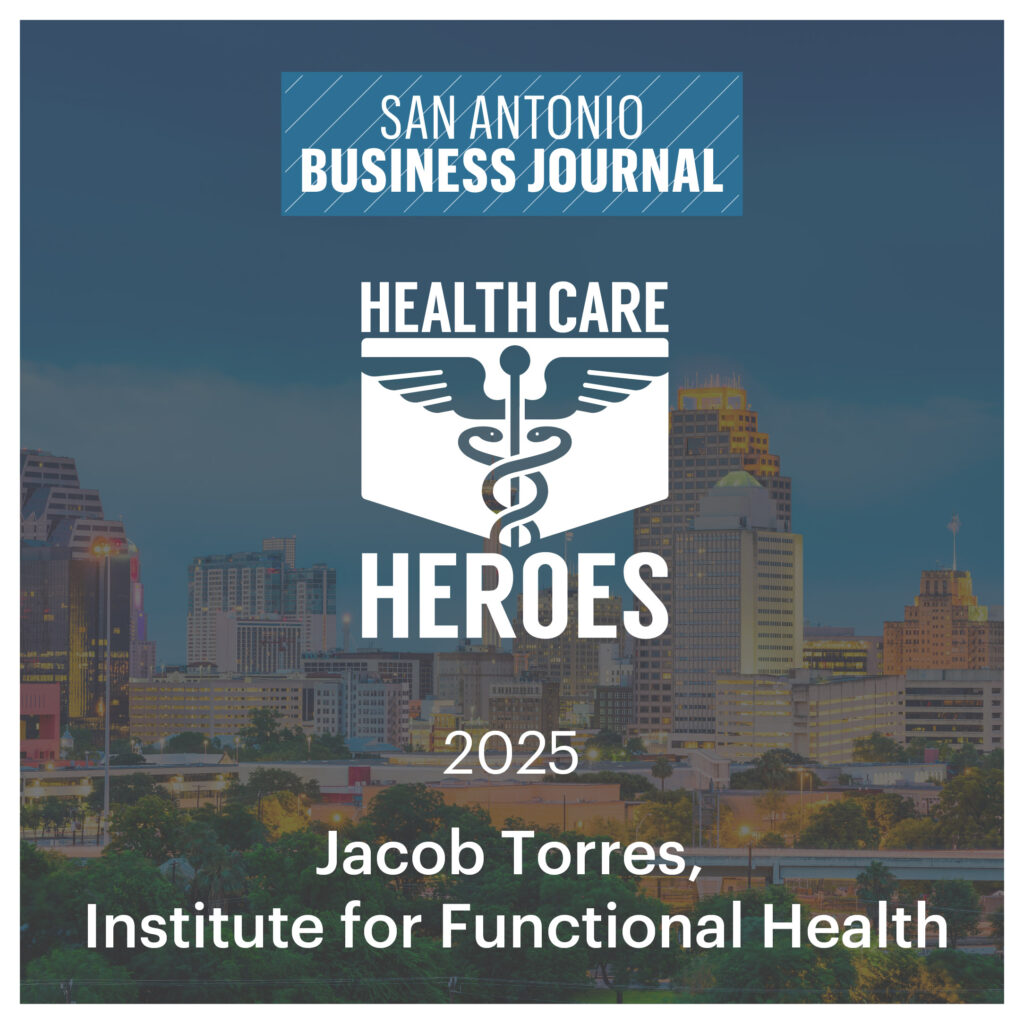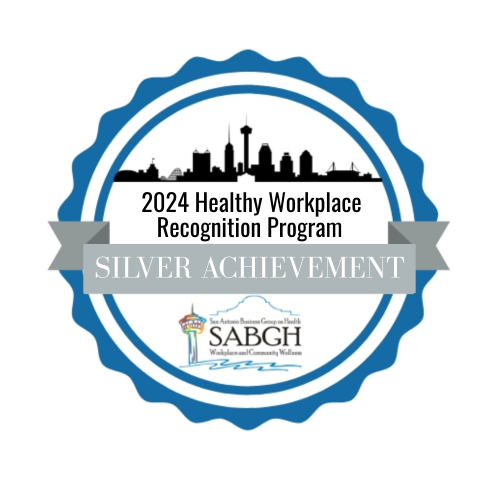Worldwide the number of COVID cases has already surpassed a million cases, while here in San Antonio alone our numbers have just surpassed 500. On Wednesday a new record of 1858 deaths were reported from Tuesday alone, creeping the US death toll to over 14000 cases. And despite what many media outlets are saying, many researchers say the peak has yet to come. It is always important to remember that scientists are making slow steady progress daily with hopes of untangling this crisis and eventually stopping it.
The CDC recommends all people wear cloth facemasks in public places when it is difficult to maintain 6-foot distance from others. This helps to slow the spread of the virus from asymptomatic people or people who do not know they have contracted the virus. It is recommended that cloth facemasks should be worn while continuing to practice social distancing. They also noted that it is critical that surgical masks and N95 respirators are reserved for healthcare workers.
A new study from Huazhong University of Science and Technology in Wuhan, China suggests that the social distancing measures implemented by Chinese officials prevented more than 90% of possible infections between January 23rd and February 18th, 2020. Professor Chaolong Wang and his colleagues concluded this after having developed a method of predicting virus transmission patterns by evaluating population movement, unconfirmed cases, and people in quarantine. Furthermore the study also predicted that almost 60% of the people carrying the virus had no symptoms and were not self-isolating and may have contributed to the spread of the virus. Prof. Gerardo Chowell, a co-author, also highlighted the importance of social distancing as the only way to block the chain of contagion in the context of asymptomatic cases.
The WHO have recently launched SOLIDARITY, a international mega trial of four possible ways to treat COVID-19. The first trial will look at repurposing remdesivir, a drug that was initially developed to treat Ebola but proved ineffective for this purpose. This drug however, appears to be effective against the coronaviruses SARS-CoV and MERS-CoV. Recent reports have suggested that it may help some people recover from COVID-19. The WHO is also seeking to assess the value of chloroquine and hydroxychloroquine, two antimalarial drugs, and to evaluate the effectiveness of two HIV drugs – ritonavir and lopinavir – used in combination therapy.
Though there has been doubt casted of the efficacy on HIV antiretroviral therapies as a COVID-19 treatment, it was worth noting that participants in the initial study may have received the interventions too late. Lastly, in an attempt to boost the efficacy of antiretrovirals, the WHO team will combine the two drugs with interferon beta, a first line treatment for multiple sclerosis.
Many experts still believe the vaccine is still another 6-8 months away. Professor Martin Bachmann, from the University of Bern in Switzerland is a leading immunology expert and professor of vaccinology is currently working on a SARS-CoV-2 vaccine that he hopes to soon introduce to a large part of the world’s population. “If this works, then we expect to make around 10,000 doses with 1 liter of culture, which means you can really make a lot of doses in a short period of time, he concluded.

